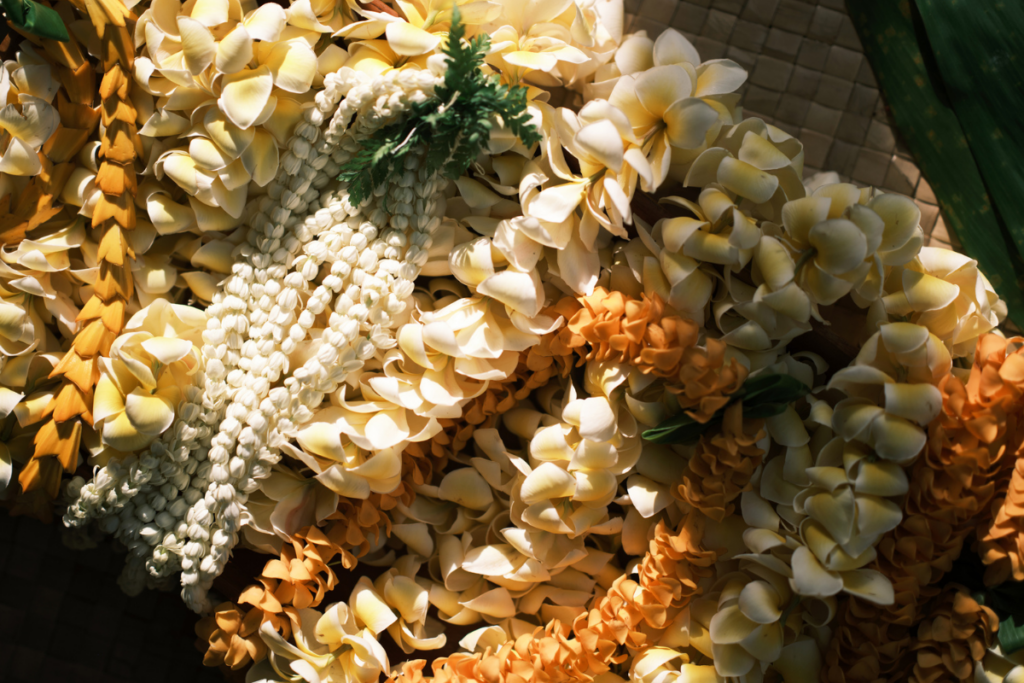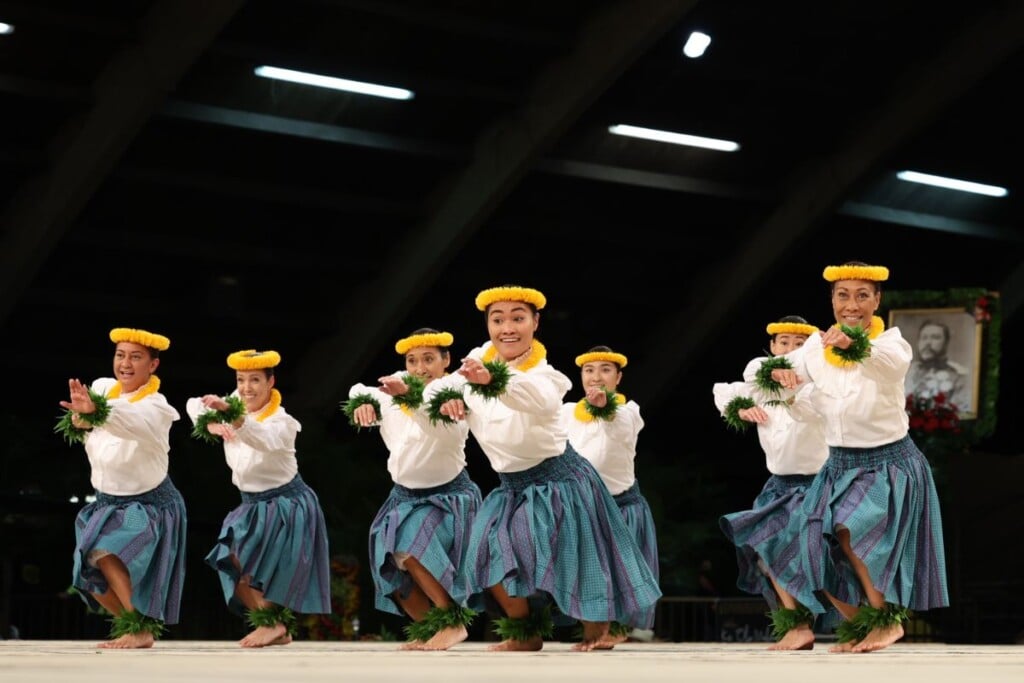The Outdoor Circle Has Been Protecting Hawaiʻi’s Natural Beauty Since 1912
The Hawaiʻi nonprofit has been working as both vanguard and watchdog for the Islands’ natural sightlines and flora for over a century.

Did you know that Honolulu used to have billboards? In fact, they littered Diamond Head and cluttered the space along city streets, which at the time were dry, dusty and lacked the vibrant flora we see today. And then, in 1912, a handful of women came along determined to beautify their city and eradicate the eyesores. Calling themselves The Outdoor Circle, they boycotted and protested against businesses that had used billboards for decades. “They decided they wanted a better vision for Honolulu,” says Winston Welch, executive director of The Outdoor Circle, which now operates as a nonprofit.
In 1957, most outdoor advertising was banned in the state of Hawaiʻi, a colossal win for The Outdoor Circle. But for those women, and all of those who came along and joined their cause, it was just the beginning. “The numbers vary, but The Outdoor Circle has planted tens of thousands of trees statewide in the past 108 years,” says Myles Ritchie, programs director of The Outdoor Circle and vice chair of the Arborist Advisory Committee. “They started planting trees almost immediately in 1912, all over the Islands, military bases, schools, hospitals, roads,” Welch says. “So many of the large trees that you see planted in these areas were done so by this organization.”

been to populate the Islands with new trees.
Photo: Courtesy of The Outdoor Circle
While The Outdoor Circle has expanded significantly in the past century, with branches all over the Islands—from Kāneʻohe on Oʻahu to Waimea on Hawaiʻi Island—and hundreds of volunteers in its ranks, its focus has not changed. “To this day, we still are in line with our founding mission and values,” says Ritchie, “which is being anti-billboard and putting trees in the ground; fortunately the two go hand in hand in keeping our Islands beautiful.” The Outdoor Circle also continues to evolve and modify its programs with the times, Ritchie says, citing its current tree planting initiative to combat climate change and its ensuing environmental impacts.
Another goal of The Outdoor Circle is working with the state government to protect the Islands’ natural beauty. “We’re going to continue to fight against ugliness and visual blight,” says Welch, who along with Ritchie and Jacqueline Wah, The Outdoor Circle’s operations director, pushes for policies and legislation whose effects can be easily seen, such as those that target sidewalks and regulate building heights so they don’t block views or rise higher than Diamond Head, as well as efforts that may go unnoticed, such as requiring underground electrical wiring.
Of course, protecting a community’s natural splendor requires the voices and actions of many, and through The Outdoor Circle’s programs and initiatives, just about anyone can get involved. “A good example of one of our programs is our Hilo branch, which came to us, the main office, about getting a fruit forest in the area up and running,” says Ritchie. “So essentially, we’re going to plant a fruit forest over 10 acres of land, and then we’ll have community events where there will be educational opportunities and fruit picking days, and on my end, I can help coordinate efforts to get boots on the ground to get them started.” Tree lovers should also be interested in The Outdoor Circle’s Exceptional Tree Map, which was spearheaded by Ritchie. It’s an extensive database of trees that have been nominated by the state for their exceptional beauty or crucial ecological functions; it can be found on the organization’s website.

Photo: Courtesy of The Outdoor Circle
The organization also works with other local nonprofits on community causes, like its upcoming collaborative program with Smart Trees Pacific. There, The Outdoor Circle will work with the Women’s Community Correctional Center in Kailua to share botanical knowledge with inmates, which they can then use to pursue landscaping opportunities after they leave the center.
With such a limited staff, Ritchie says The Outdoor Circle relies on “the expertise and the passion of our volunteers.” Volunteers can sign up on The Outdoor Circle’s website and choose the initiative they want to get involved with, whether it’s planting trees at a nearby school that lacks ample shade, or advocating for urban parks and community garden spaces. Welch also notes that the community can help identify issues or problems that The Outdoor Circle can help to solve. “Sometimes people look at a situation and think it’s either or, but it’s not,” says Welch. “We’re able to help with our expertise and volunteers to come up with different ways to promote and protect our tree landscape.”
While so much has been done by The Outdoor Circle in the past century, there’s always more to do, and acting as both vanguard and watchdog of Hawaiʻi’s outdoor splendor is a constant challenge. “This doesn’t end,” says Welch. “The need to be a vigilant organization and community, to keep up the scenic and natural beauty of our Islands, it doesn’t end, and that’s what our organization is about and it’s what it has always been about. And hopefully we’ll be around for another 108 years to do just that.”
For more information about The Outdoor Circle, visit its website, call (808) 593-0300 or email mail@outdoorcircle.org.


